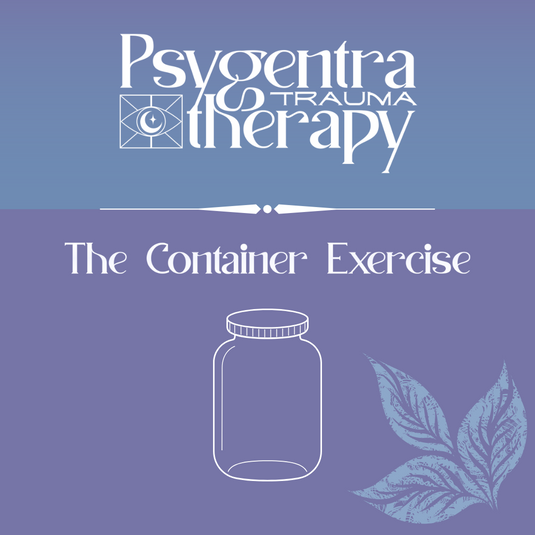

Trauma Therapy Resources
We all have different ways that we relax or can calm ourselves, and what works for one person may not work for another. Some of us are very visual and can visualise all kinds of wonderful and calming images, others find sounds and auditory information have a much bigger impact. Some folks find that they process information and can tap into their emotions better through their body and somatic exercises. Here you will find resources that you can use between sessions to manage triggers and overwhelming emotions. If some don't work for you, try ones with a different focus. For example, if guided visualisations are difficult for you to do, try listening to affirmations or doing some tapping instead.
If you're not sure about a resource, or we haven't talked about it in session yet, please ask me about it at our next appointment. If you're not a client of mine, please speak to your therapist before trying any of the resources below.
Visual Resources
Auditory Resources
Physical Resources
Breathwork
The three resources above are from Sonny Jane Wise's The Neurodivergent Friendly Workbook of DBT Skills (2022) from www.livedexperienceeducator.com.
Articles
- Available Online
For potential counselling clients - find out more about what I do
15 min































